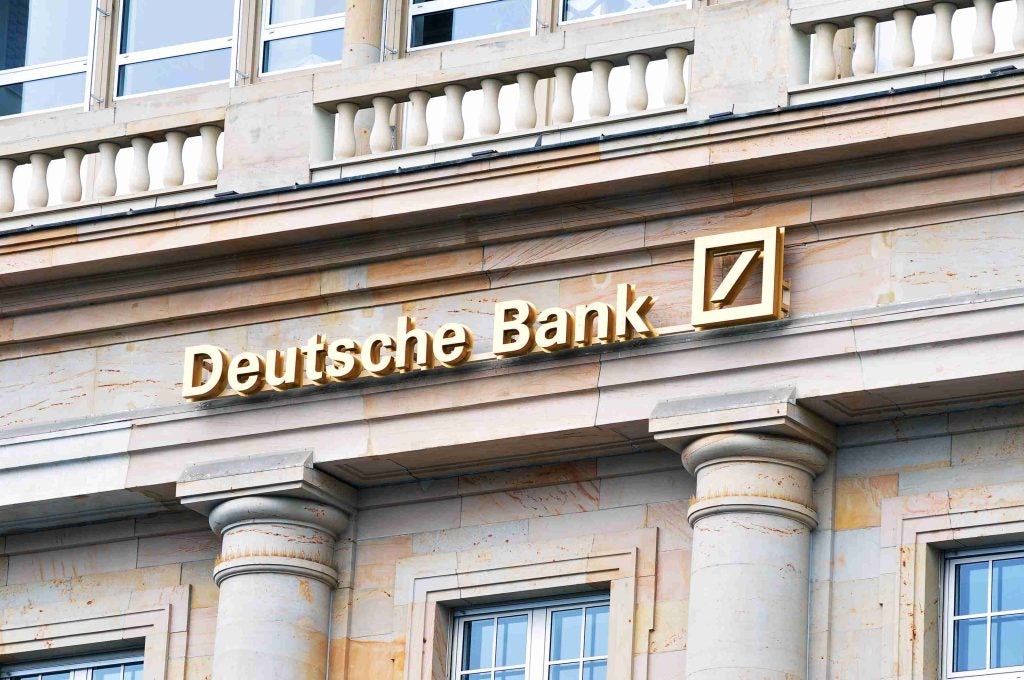
Inheritance tax receipts climbed to £5.2bn ($6.5bn) in the eight months from April 2023 to November 2023, according to HM Revenue and Customs (HMRC). This follows a ten-year rising trend and represents an increase of £400m ($505m) over the same period last year.
At the moment, one in every 25 estates, or 4% of all estates, are subject to inheritance tax; however, due to the freeze on inheritance tax thresholds, decades of rising housing prices, and significant inflation, an increasing number of estates are now above the threshold.
IFS predictions
The percentage of deaths resulting in inheritance tax is expected to exceed 7% by 2032-33 and the number of individuals affected by inheritance tax will grow even more.
They forecast that by 2032-33, one out of every eight people will owe inheritance tax, either on their own death or the death of their spouse or civil partner.
Typically, inheritance tax is paid at a rate of 40% beyond specific thresholds; however, individuals may transfer funds to their spouse or civil partner free of inheritance tax, and they will also leave their allowance to them upon their death.
Furthermore, the primary threshold, known as the nil-rate band, covers a large number of individuals in the UK and permits the transfer of up to £325,000 ($410,442) of an estate without incurring any income tax (IHT). That hasn’t changed since 2009.
How well do you really know your competitors?
Access the most comprehensive Company Profiles on the market, powered by GlobalData. Save hours of research. Gain competitive edge.

Thank you!
Your download email will arrive shortly
Not ready to buy yet? Download a free sample
We are confident about the unique quality of our Company Profiles. However, we want you to make the most beneficial decision for your business, so we offer a free sample that you can download by submitting the below form
By GlobalDataThe majority of people can, however, transfer a family property to their immediate descendants more tax-efficiently due to the Residence Nil Rate band of £175,000 ($221,048); nonetheless, this only applies to estates above £2m ($2.5m) and is inaccessible for those over £2.35m ($2.9m).
Nicholas Hyett, investment manager at Wealth Club stated: “The Treasury raked in an extra £5.2m ($6.5m) from inheritance tax from April to November 2023 and this number is increasing steadily, month after month, and year after year. Last year it raised more than £7bn ($8.8bn) for HMRC but could hit £9.5bn ($11.9bn) before the end of the decade.
While just 4% of estates pay inheritance tax at the moment, freezing the nil-rate and residence nil-rate bands for years means people who would not have been considered wealthy in the past will end up getting caught out by this most hated of taxes.
The good news is that there are still lots of legitimate ways to pass on money free of inheritance tax, which is why inheritance tax is referred to as a ‘voluntary tax’ in some circles.”
Future considerations
In the opinion of Hyett, inheritance tax considerations should be made by:
- Distributing funds ahead of time. The timing is crucial because, although anyone can donate an unlimited amount, they usually take seven years to become fully exempt from inheritance taxes.
- Investing in enterprises that are eligible for Business Relief. After two years, these are usually tax-free. Investing in unquoted enterprises might be hazardous, but unlike giving money away, you maintain control.
- Putting money into an AIM ISA. No inheritance tax is applied on ISAs.







